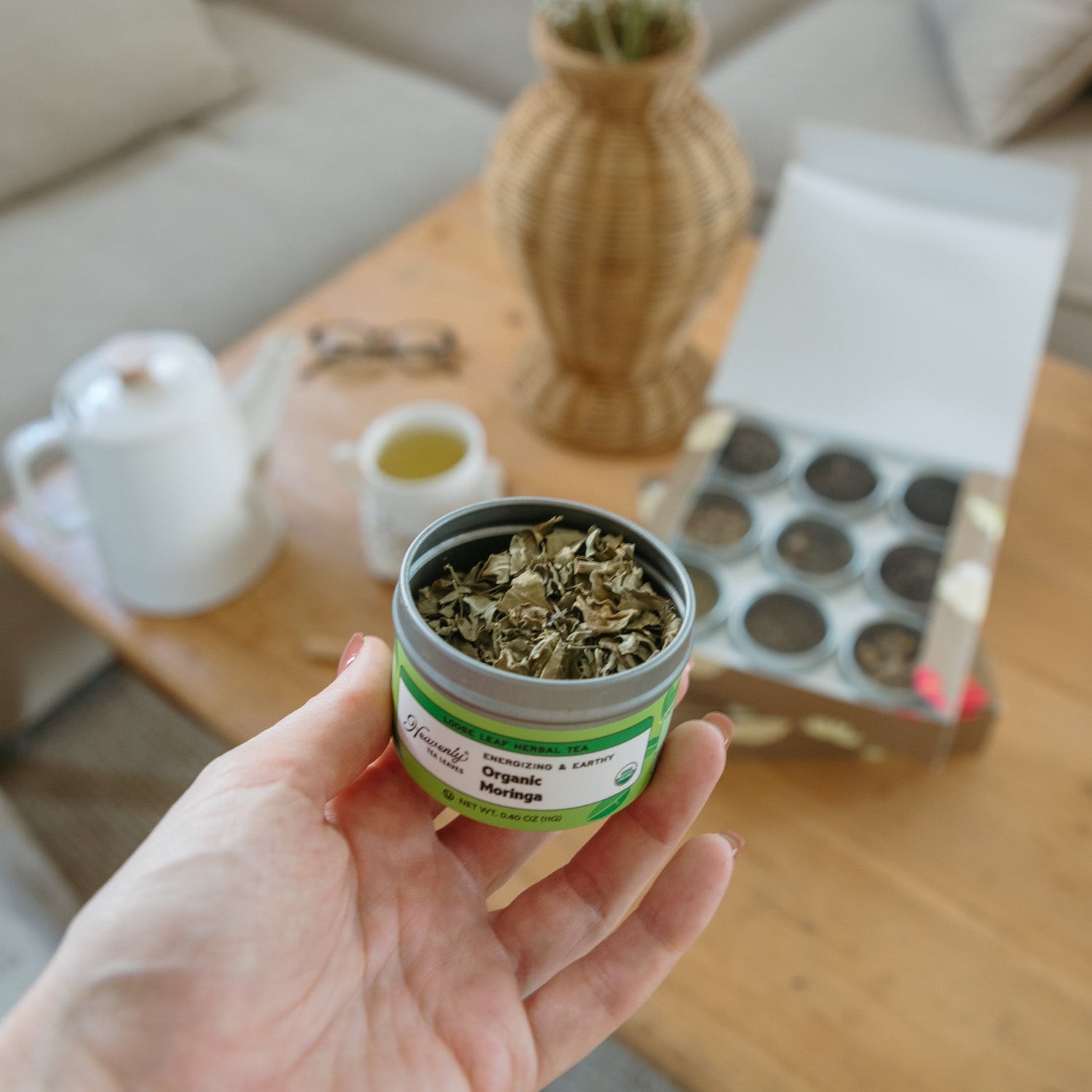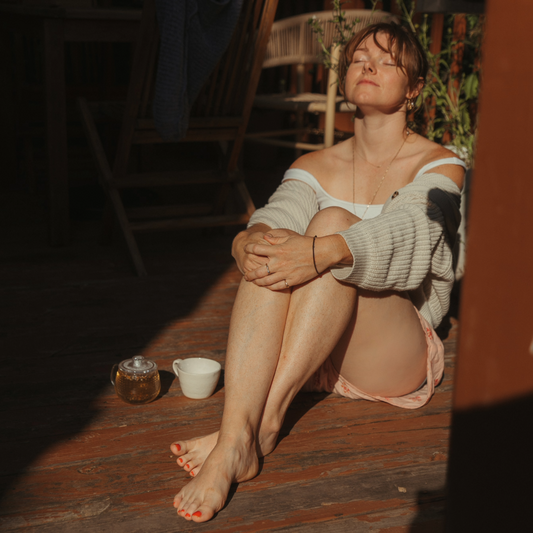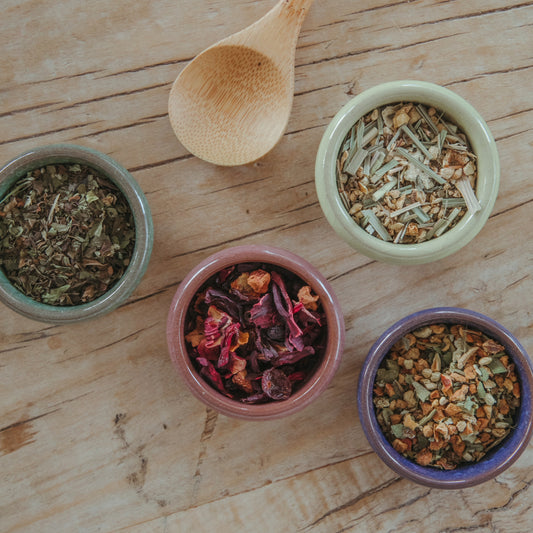So, What is Matcha?
Tracing its origins to Japan millennia ago, matcha is a vibrant green powder made from finely ground whole-leaf green tea. The word "matcha" roughly translates to "rubbed tea" in Mandarin; according to Zen Buddhist tradition, Samurai warriors even drank the caffeinated beverage to power up before going to war. Matcha is the lesser-known, more potent cousin of traditional green tea, whose health and energy benefits have been widely documented. Usually consumed as a beverage mixed into boiling water, matcha is also used in baking and other practices. It is an extraordinarily versatile product with an earthy "umami," vegetal flavor and distinctive, thick texture relative to most teas.
Why Drink Matcha?
Matcha's various health benefits are akin to those of regular green tea, but magnified, as the powder retains the whole and pure nature of the green tea leaf. While it's not a magical cure-all, matcha has been shown in many studies to promote several elements of overall well-being. Thanks to abundant antioxidants (EGCg), matcha is one of many tea products linked to anti-aging as well as relaxation. Containing caffeine, L-theanine, and a high concentration of catechins, matcha is thought to provide even, long-lasting energy waves while also supporting a healthy metabolism. Along with flavonoids, catechins have also demonstrated infection and disease-fighting abilities in certain instances. Whether you're looking for an immune boost or a long-term anti-aging remedy, matcha is an excellent option to incorporate into a healthful, active lifestyle.
History, Production, and Consumption
Eighth-century tea ceremonies in China and Japan revolved around matcha. Originally consumed by priests and nobles only, the tea soon became central in gatherings held for friends and other distinguished guests. Each Asian culture formed its own specific traditions around tea ceremonies, down to the utensils presented to participants. The custom continued through the Samurai era of the 1300s, when matcha started to become a more mainstream commodity. Matcha was appreciated for its simplicity, calming nature, delicious taste, and then-assumed healing abilities.
Producing matcha requires more labor and time than most regular teas. When the super-dark tencha green tea leaves are picked from the shade-grown tea plant, they are stemmed and laid out flat in order to dry out. Once fully dry and ground into a fine powder, the finished product is matcha. The powder's bright green color indicates that it's fresh and chlorophyll-heavy; if the powder is yellow or brown, consider tossing it – it has likely oxidized. High-quality matcha should not be difficult to recognize. When assessing the powder, you should observe a rich, jade-green color, a very fine texture (think eye shadow), and a slightly sweet and leafy flavor with low astringency.
Matcha's popularity is becoming widespread and global, stretching far beyond the borders of its native Japan and China. Those preferring a caffeinated beverage without side effects like heart palpitations or acid reflux often turn to the green drink for salvation. Major cities like New York, Miami, and Los Angeles are opening up specialty matcha shops while famous pastry makers like Lady M introduce matcha-dusted iterations of their famed desserts [enter: Lady M matcha crepe cake]. Matcha, as a beverage and an ingredient, is developing a ubiquitous presence in our culture.
Heavenly Tea Leaves Matcha
While most tea purveyors stick to selling inexpensive cooking grade matcha, ceremonial grade matcha is more difficult to produce, thanks to its superior taste, texture, hue, and origin. Traditionally used in ancient Japanese tea ceremonies, this is the kind of matcha that is meant for consumption as a beverage alone. Heavenly Tea Leaves is now introducing our new 30-gram matcha tin! This organic ceremonial grade matcha is the newest addition to our premium collection of teas and tisanes.
In order to enjoy our ceremonial grade matcha, brew as follows:
- Add two bamboo scoops (1 tsp.) to the tea bowl
- Add 3 oz. of boiling water (180° F) to the tea bowl
- Whisk your matcha with a bamboo whisk or hand mixer until smooth and frothy
- If you desire a matcha latte, stir in 2 tsp. boiling whole milk
Whether dusted onto a cake or stirred into a satisfying latte, matcha is a nutritious and hearty addition. Enjoy the best of matcha with Heavenly Tea Leaves' new 30-gram ceremonial grade tin!





